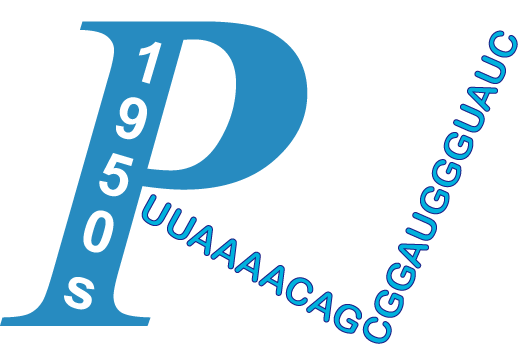| Title | Aggregating heart rate variability indices across sleep stage epochs ignores significant variance through the night. | ||
| Author | Eddie, David; Bentley, Kate H; Bernard, Richard; Mischoulon, David; Winkelman, John W | ||
| Journal | Sleep Med | Publication Year/Month | 2022-Feb |
| PMID | 35228137 | PMCID | PMC8923916 |
| Affiliation + expend | 1.Department of Psychiatry, Massachusetts General Hospital, Harvard Medical School, USA. Electronic address: deddie@mgh.harvard.edu. | ||
BACKGROUND: Heart rate variability (HRV) is a widely utilized biomarker of autonomic regulatory functioning, and concomitant health and pathological states. A growing body of work is exploring HRV under sleeping conditions. Most of this literature utilizes either averaged HRV indices calculated from multiple sleep stage epochs, or averaged HRV throughout the night. Both approaches implicitly assume that HRV within sleep epoch types is consistent throughout the night. Given the robust literature indicating the existence of an endogenous cardiovascular circadian rhythm as well as the potential for effects for cumulative time asleep, we hypothesized that HRV would vary across distinct sleep epochs. METHODS: Participants underwent at least one night of home polysomnography that included electroencephalogram, electromyogram, and electrocardiogram (N = 73). All rapid eye movement (REM) and non-REM stage 2 (N2) sleep epochs with a duration greater than or equal to 5 min were identified for HRV analysis. Time and frequency domain indices of HRV were calculated for each sleep stage epoch. Linear mixed models were used to examine main effects of time on HRV indices for N2 and REM sleeps epochs respectively. RESULTS: Main effects of time were observed for all models. Patterns emerged for both the N2 and REM epochs, suggesting HRV indices are non-stationary (ie variable) across distinct sleep epochs through the course of the night. CONCLUSIONS: The present findings indicate HRV is non-stationary across sleep stage epochs. Aggregating HRV indices across sleep stage epochs likely obscures important transient effects and increases risk of type-I and type-II errors.
